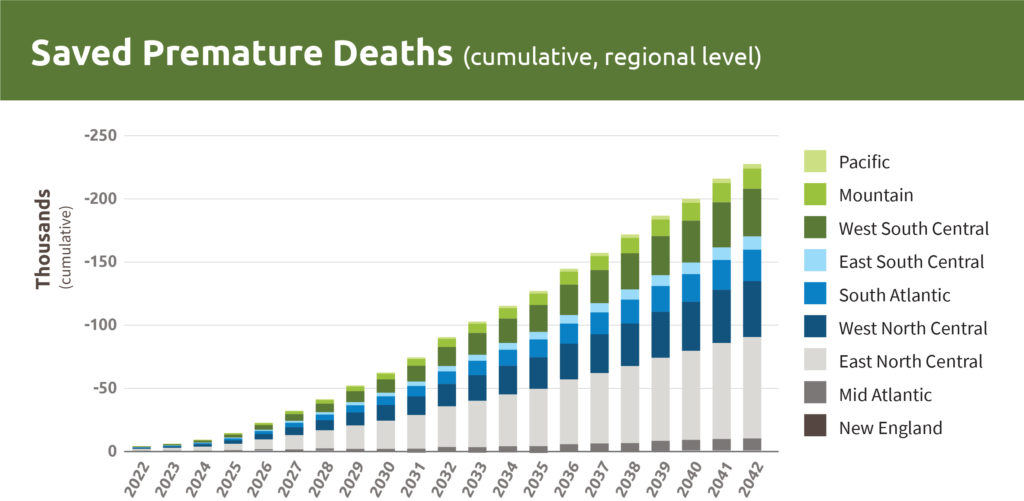How Carbon Fees and Dividends Work
1. Place a steadily rising fee on fossil fuels
Carbon fees are proposed fees collected for the cost of burning fossil fuels; the dividends are the fees collected (minus administrative costs) and returned to Americans to spend as they see fit. We propose an initial fee of $15/metric ton on the CO2 equivalent emissions of fossil fuels, escalating by $10/metric ton each year, imposed upstream — as near as feasible to the mine, well, or port of entry.
Accounting for the true cost of fossil fuel emissions not only creates a level-playing field for all sources of energy, but also informs consumers of the true cost comparison of various fuels when making purchase decisions.
Citizens’ Climate Lobby has advocated this policy for nearly a decade. In 2019, members of the House introduced the bipartisan Energy Innovation and Carbon Dividend Act, which embodies the fee-and-dividend approach we support. It was reintroduced in the 118th Congress as H.R. 5744.
2. 100% of fees (minus administrative costs) are returned to households each month as a dividend
100% of the net fees are held in a Carbon Fees Trust fund and returned directly to households as a monthly dividend.
About two-thirds of Americans will receive more in Dividends than they will pay in higher prices. This feature will inject billions into the economy, protect family budgets, free households to make independent choices about their energy usage, spur innovation, and build aggregate demand for low-carbon products at the consumer level.
3. Use a border adjustment to stop business relocation.
Import fees on products imported from countries without a carbon fee, along with rebates to US industries exporting to those countries, will discourage businesses from relocating where they can emit more CO2 and motivate other countries to adopt similar carbon pricing policies. Building upon existing tax and trade systems will avoid complex new institutional arrangements.
Firms seeking to escape higher energy costs will be discouraged from relocating to non-compliant nations (“leakage”), as their products will be subject to import fees.
Calculate the impact of Carbon Fee and Dividend on your budget.
Carbon fees and dividends are good for the economy and even better for people.
A study from REMI shows that a carbon fee and dividend will reduce CO2 emissions 52% below 1990 levels in 20 years and that recycling the revenue creates an economic stimulus that adds 2.8 million jobs to the economy.
A structured rising price on greenhouse gas emissions will focus business planning on optimizing investment priorities to thrive in a carbon-constrained world.
Additionally, Carbon Fee and Dividend is projected to prevent over 230,000 premature deaths over 20 years from improved air quality.
Carbon Fee and Dividend does not increase the size of government, require new bureaucracies or directly increase government revenues. The dividend increases real disposable income, protects personal spending decisions and will recruit widespread, sustained engagement.
Finally, Carbon Fee and Dividend is elegant in its simplicity, transparent in its accessibility to public scrutiny and clear in its signals and benefits.




